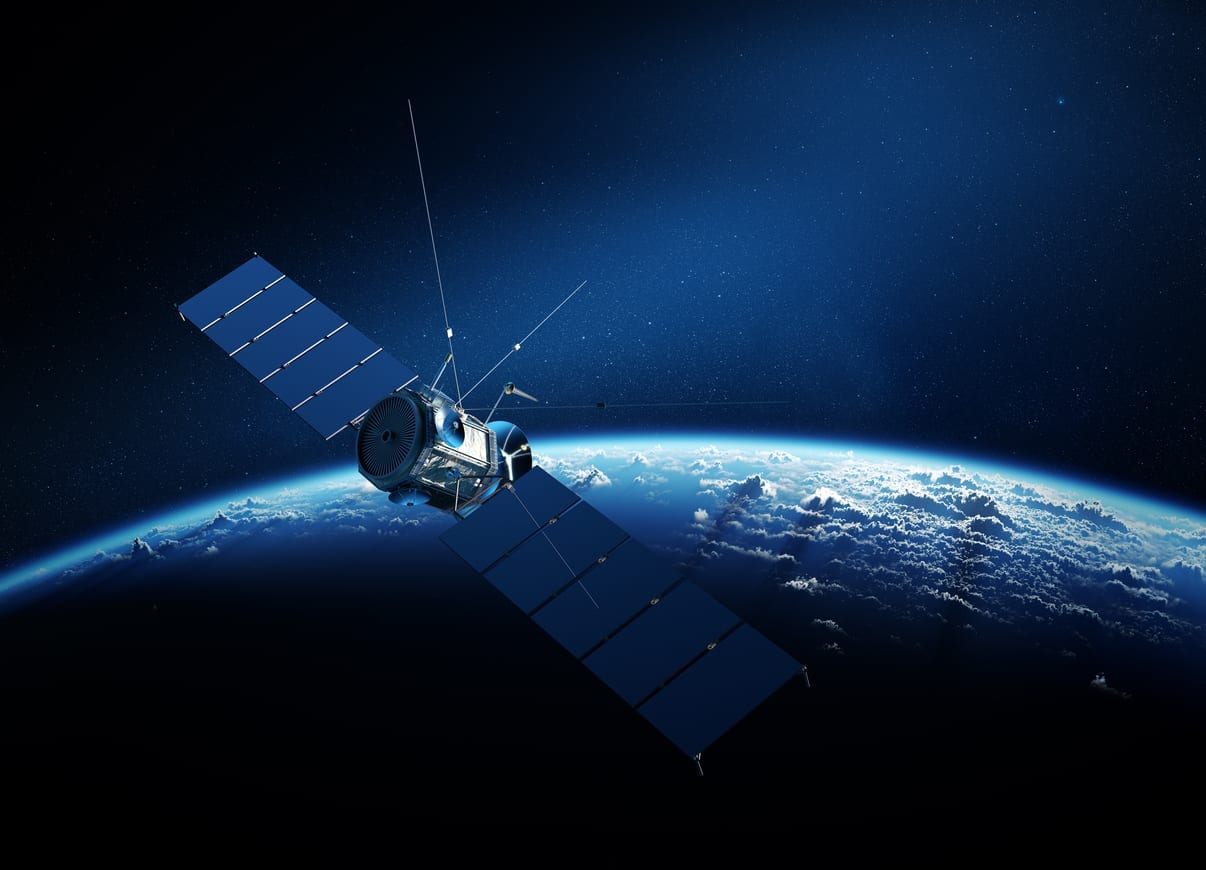Role
Industry
Solutions
Products
If you have employees working in remote areas of New Zealand or Australia, it’s imperative that you have a way to monitor their wellbeing at all times. If a remote worker finds themself in trouble, it is vital they receive help as soon as possible – this is what paramedics and first responders call ‘The Golden Hour’.
The Golden Hour refers to the critical period directly after a traumatic injury and highlights the importance of treating someone with severe trauma quickly. A speedy response will be beneficial to the patient’s overall outcome, whereas extending the time until treatment arrives can have fatal consequences. So, while the Golden Hour may not be one exact hour, it’s a recognition that delays in treating severe trauma will potentially lead to worse health outcomes.
While it is important that every employee receives the proper medical treatment in a timely manner, those working in the suburbs and cities are more likely to be attended to quickly. Unfortunately, this isn’t always the situation in a remote location where an accident can go unnoticed for hours and sometimes days. Even with an alert raised, the time to respond will naturally be extended when an accident occurs far from an emergency services base, which are generally located in urban centres. These factors highlight the critical importance of fast and accurate alerting, to signal a problem and pinpoint where the affected worker is.
Smartrak works with a wide range of organisations and industries across New Zealand and Australia, including healthcare providers, utility companies, councils, and government departments. Due to the large geographic areas covered by these organisations, it’s inevitable that workers will find themselves in communication black spots where cellular coverage is intermittent or unavailable.
The nature of working in remote locations means that it could be hours before anyone discovers that something has happened. Imagine the time that is lost when the first indication of an accident is a worried family raising the alarm because someone hasn’t returned home, or a member of the public comes across the site of an accident and notifies emergency services possibly hours after the event? In these scenarios, the golden hour has well and truly come and gone, with serious consequences for the victim.
One option is to look at a solution that can notify you when your vehicles are involved in an accident. Our High Impact and Rollover (HIR) solution is an optional component of our high-end telematics solution. As the name suggests, the device detects the sudden deceleration associated with serious crashes or when a vehicle rolls over. As soon as the unit detects an impact, an alert is sent either by SMS or email to someone designated by your organisation to receive HIR alerts.
But there’s also the issue around connectivity. Most telematics solutions operate on cellular networks, which poses a problem for workers in remote locations. If your mobile phone can’t get any signal, neither can your GPS hardware. While your device will know where it is, it won’t be able to communicate that location back to base. A satellite connection solves this. Our AVL units can be enhanced with a satellite modem, so that they can transmit data even when they go beyond the range of standard 3G or 4G cellular networks.

By pairing HIR with a satellite connection, you’re ensuring that you’re able to keep track of your workers when they’re out working in remote locations. But more importantly, if they are involved in an accident, our HIR solution will notify you about it regardless of their physical capacity to call for help. It gives you the ability to act immediately, ensuring that your employees receive the attention they need within that golden-hour window.